Power stations, also known as portable electric generators, have become increasingly popular in recent months, with major brands such as Ecoflow, Bluetti, Jackery, and others offering them. Initially designed for nomads or off-grid users, they are becoming increasingly popular in residential homes. Indeed, with the rising cost of electricity and the risk of power outages in certain regions, households are increasingly equipping themselves to cope with any power outage, but also to store cheaper, or even free, electricity (thanks to solar power, for example), for use when energy is most expensive. Given the general public's enthusiasm for this type of equipment, manufacturers are rushing into this field: at IFA 2023 in Berlin, we had more than sixty manufacturers offering this type of battery, sometimes at very different prices! But these devices use various battery technologies to store and deliver electricity, and not all are created equal. So, let's examine the main battery technologies used in power stations, along with their advantages and disadvantages. Lead-Acid BatteriesLead-acid batteries are a proven technology that has been widely used for decades. They are based on lead plates immersed in a sulfuric acid electrolyte. They are less expensive and suitable for those on a budget. They are also available in a range of sizes to meet different needs. However, they are heavier and have a shorter lifespan than other technologies (500 to 1,200 cycles).Older power station models, such as the Yeti 400 from GoalZero, for example, use sealed lead-acid batteries. Lithium-Ion Batteries
Lithium-ion batteries are widely used in electronic devices and electric vehicles. They operate through a chemical reaction between lithium and other materials.
They are widely used in power stations due to their light weight, high energy density, relatively long lifespan, and good high-discharge performance. They are versatile and suitable for many applications. However, they can be more expensive than some other technologies. Their autonomy is rated at approximately 800 cycles.
The Delta Max is one of the latest to use this type of battery from Ecoflow. Anker, for example, uses this technology in its PowerHouse II 400 power station, and EcoFlow in its Delta and River generators (first generation). Be aware, however, that there are different lithium-ion technologies, with varying performance. The latest Sunology PLAYMax solar station, for example, uses a lithium-ion battery, but with a 100% guaranteed 2,500 cycles thanks to new LG cells. Lithium Iron Phosphate (LiFePO4) Batteries
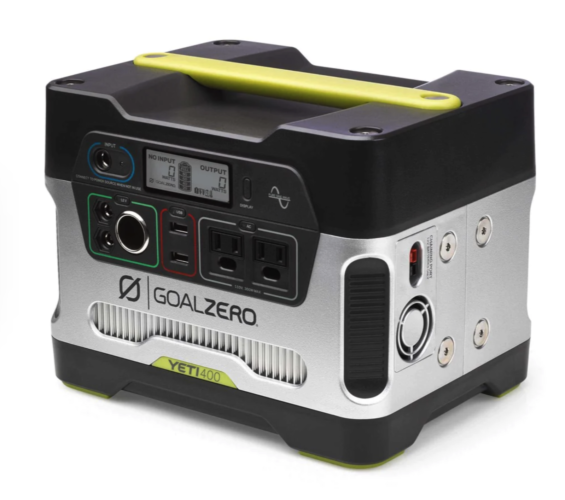
LiFePO4 batteries are a variation of lithium-ion batteries, using iron phosphate instead of cobalt or manganese. They are known for their stability.
They are valued for their increased safety compared to standard lithium-ion batteries, their extended lifespan, and their consistent performance under high discharge conditions. They are an excellent choice if safety and reliability are essential, although they can have a higher initial cost than lead-acid batteries.
This is currently the most widely used technology in high-quality PowerStations, as it provides a much longer lifespan, typically 3,500 cycles compared to 800 cycles for a conventional lithium-ion battery. It is also used across the entire new Ecoflow range (Delta 2 and River 2), and on most Bluetti models, for example (the AC200Max or AC180 models incorporate LiFePO4 batteries).
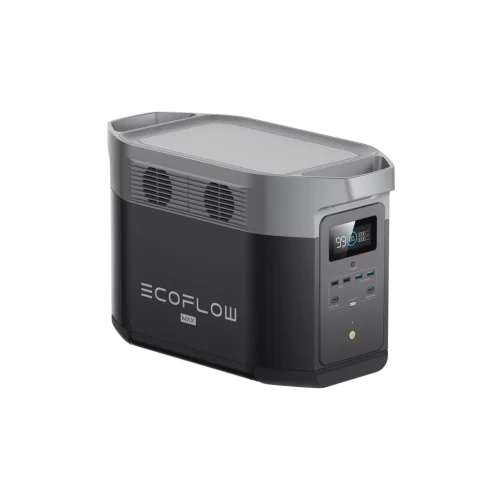
Nickel-Cadmium (NiCd) Batteries NiCd batteries use nickel and cadmium to store energy. They are becoming less and less used because they contain toxic heavy metals. They are rated for a lifespan of approximately 1,500 cycles. Nickel-Metal Hydride (NiMH) Batteries NiMH batteries use nickel, metallic hydrogen, and other compounds to store energy. They are generally rated for a lifespan of 500 to 1,000 cycles.
This technology is used in some Yeti power stations from Goal Zero and Duracell, for example. Sodium-Ion BatteriesSodium-ion batteries were developed in the 1970s, but were quickly overshadowed by lithium-ion batteries. However, this solution is returning to the forefront in the search for alternatives to lithium, which is geographically limited to only a few deposits, in limited quantities, and therefore with a price that has risen sharply following the explosion in demand. We have also seen the impact of the war on Ukraine, which is one of the main deposits: it became very difficult to find lithium-ion batteries.
Sodium-ion technology is very promising because it offers high energy density, and sodium is abundant in nature. Few products yet use this type of battery, but manufacturers have already made some announcements, such as Biwatt Energy. This manufacturer claims a lifespan 5 to 6 times longer than that of lithium-ion batteries, excellent reliability even in extreme cold, and very fast charging. It's therefore a technology to watch for the future.
Biwatt Energy's Power Nest, for the residential sector
Metal Hydrogen Batteries
Metal-hydrogen batteries, also known as metal-hydrogen hybrid batteries or MH batteries, are a type of rechargeable battery that uses hydrogen as the active material to store and release electrical energy. These batteries combine features of metal-hydride batteries and hydrogen fuel cells to provide an efficient and versatile source of electrical energy. They are notably used for hydrogen vehicles, large-scale energy storage (particularly in renewable energy storage systems), and even in space applications (due to their high energy density and reliability). They are rated for a lifespan of 30,000 cycles, or more than 30 years. Continuous research in the field of metal-hydrogen batteries aims to improve their efficiency, durability, and cost. New technological advances could make these batteries more competitive compared to other energy storage solutions. Although the cost remains very high, manufacturers like Enervenue already offer residential storage solutions. Metal-hydrogen batteries are therefore a promising technology for energy storage and sustainable mobility applications, offering a reversible and efficient hydrogen storage solution. However, their widespread adoption will depend on overcoming the technical and economic challenges associated with this technology.
Conclusion
There is no single answer to the question of which battery technology is best for power stations, as the choice depends on the user's specific needs and the trade-offs they are willing to make in terms of cost, capacity, weight, and lifespan. Each battery technology has its own advantages and disadvantages, meaning that none can be definitively described as “best.” However, lithium iron phosphate (LiFePO4) technology appears to be the preferred technology today for manufacturers seeking to offer efficient power stations with a long lifespan. However, we'll have to keep an eye on sodium-ion and metal-hydrogen technologies, which are proving very promising, particularly for larger storage areas in homes!
We've already tested several products of this type on the site, and more are coming very soon. So don't hesitate to check them out:
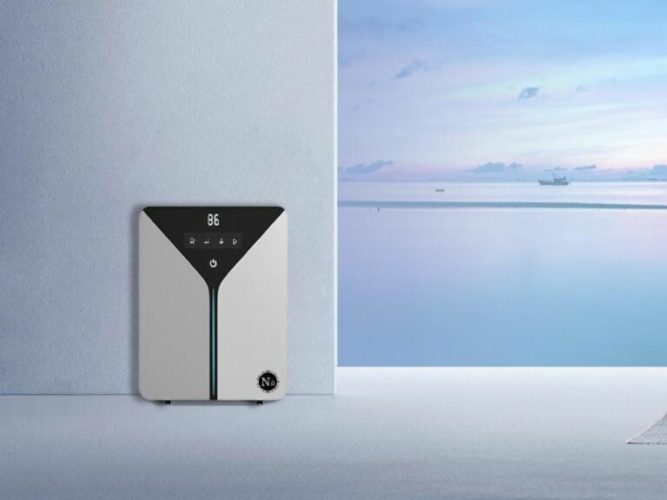

- Test Anker Solarbank 2 E1600 AC : The missing link in your solar setup
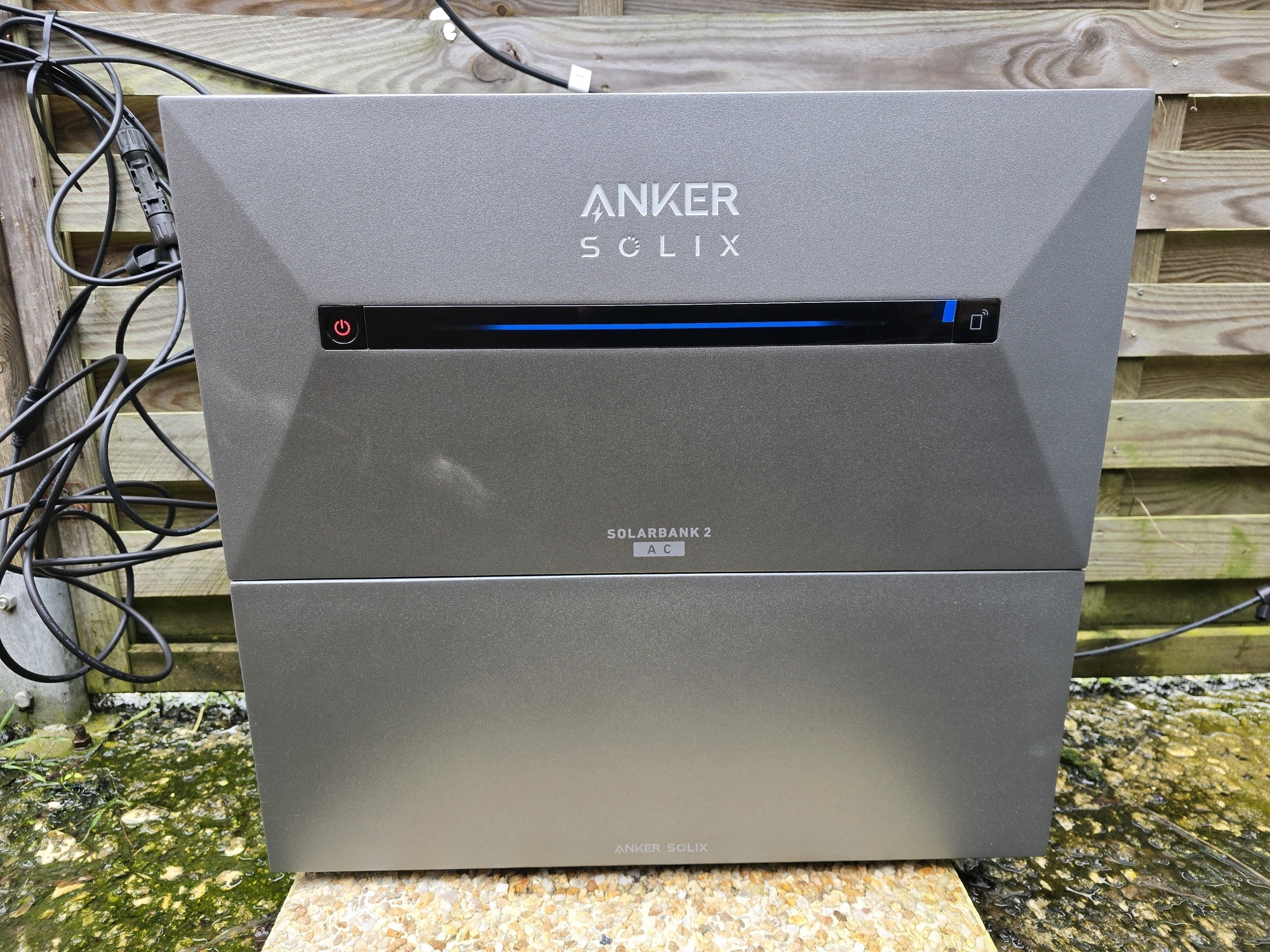
- LANPWR 2400 PRO Review: The Power Station That Re-Injects Your Solar Energy Without Complex Installation
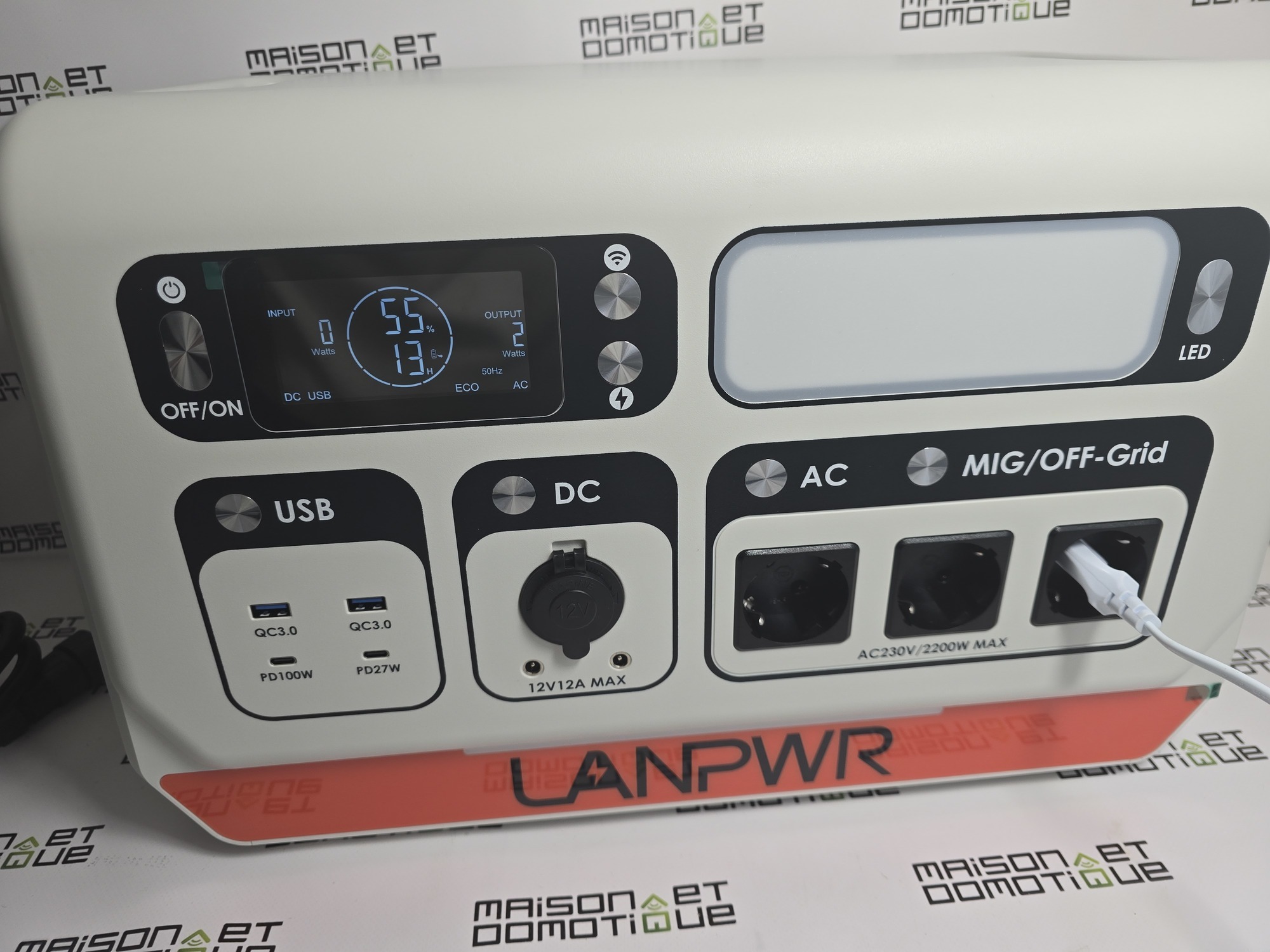
- Ampace Andes 1500 Review: The Ultra-Fast Energy Station That Challenges Market Standards
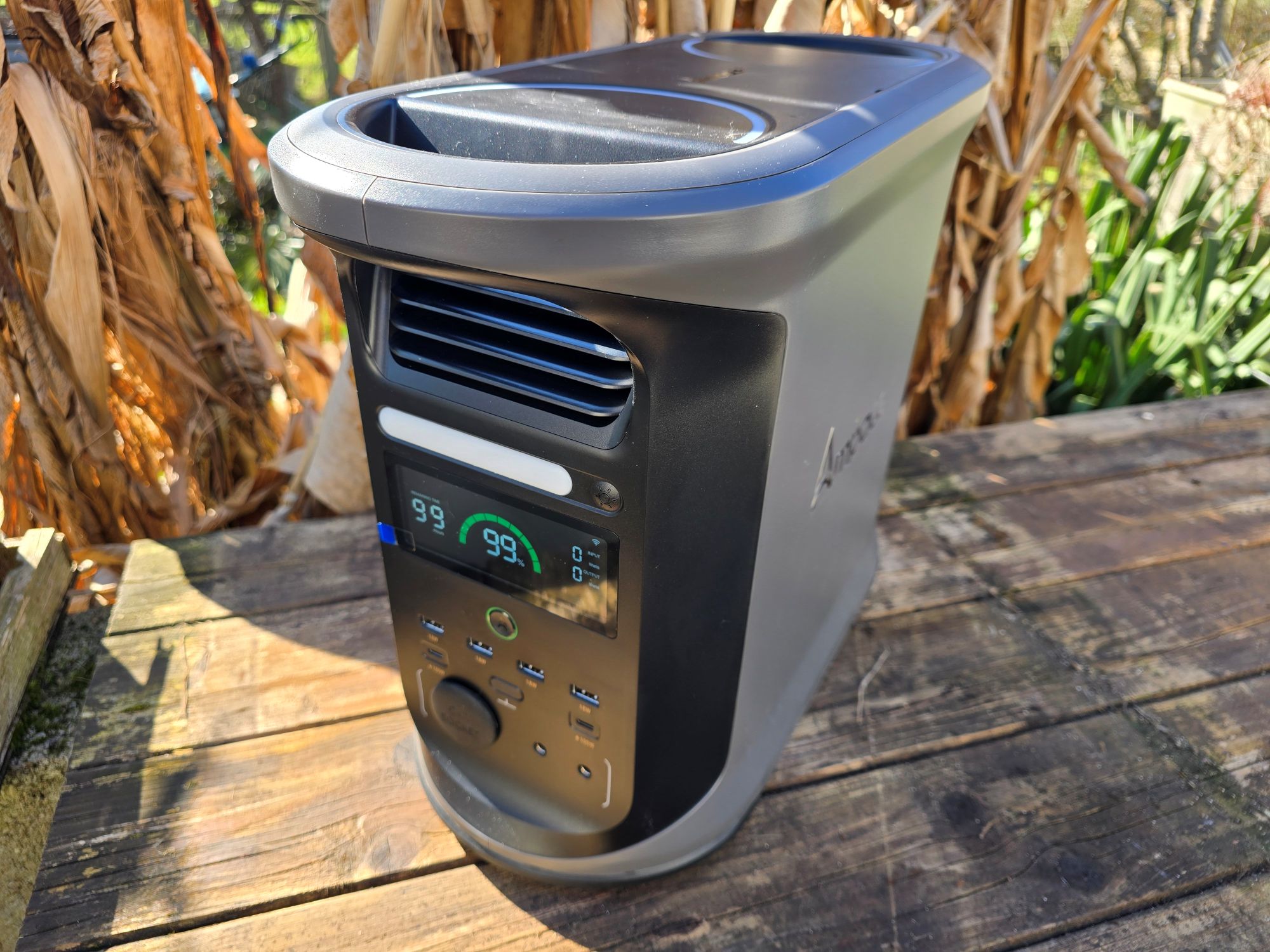
- Testing the Zendure SolarFlow 800: The revolutionary microinverter that will transform your solar installation in 2025
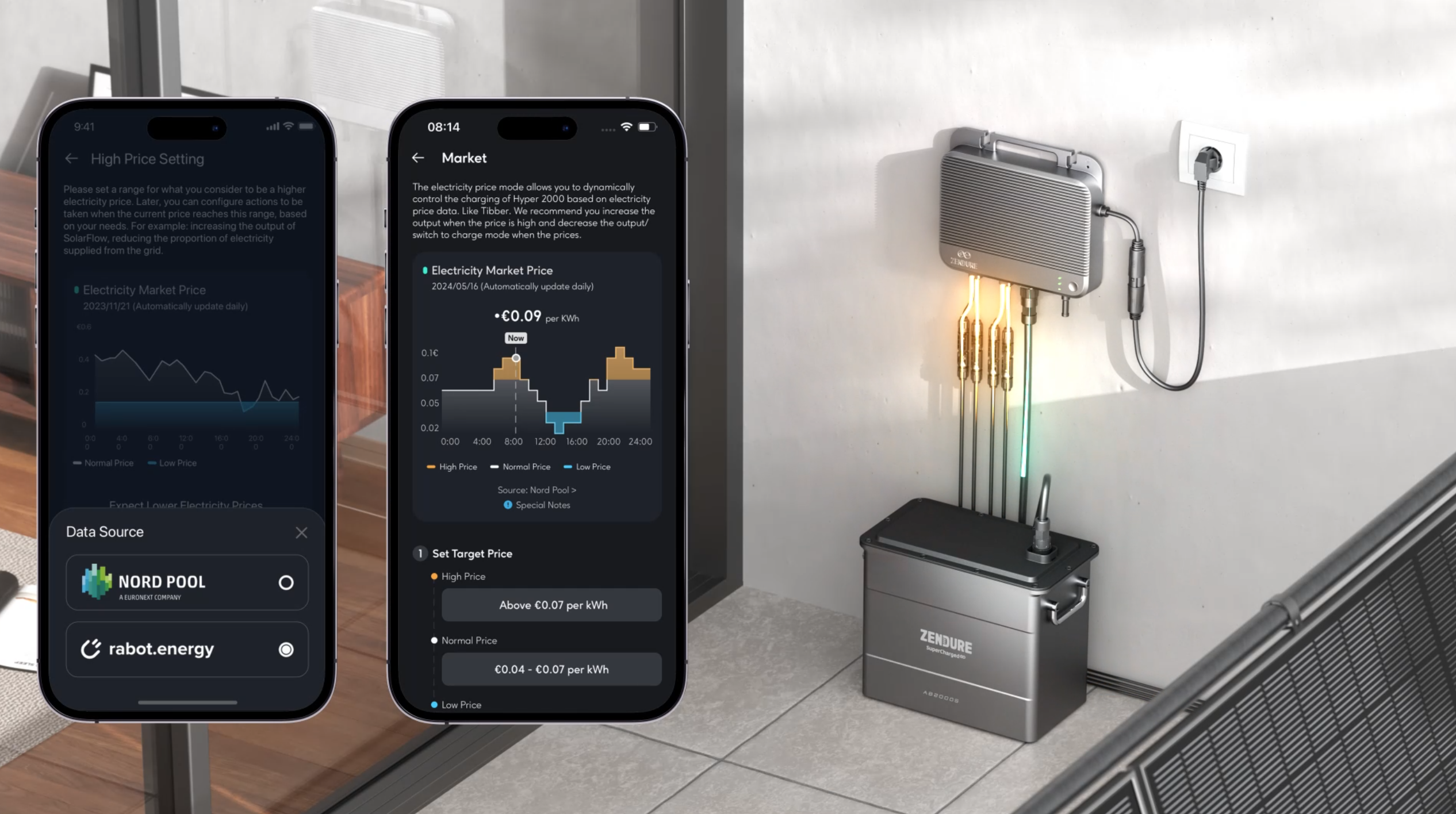
- Test EcoFlow Delta Pro 3: the monster power station for every situation!

- Fossibot F3600 Pro test: up to 11,500 Wh to power your whole house with ease!


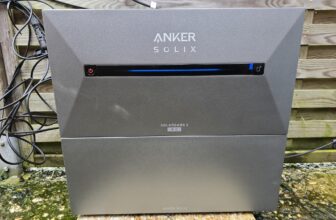
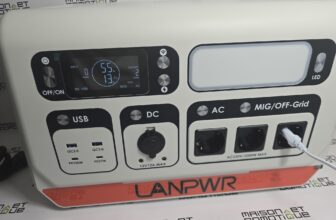
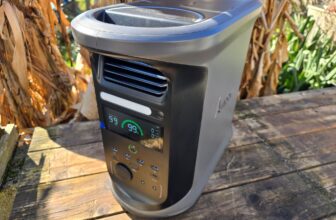
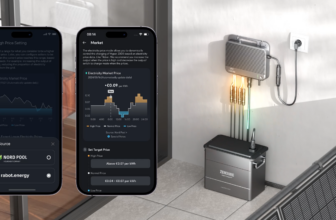

Please remain courteous: a hello and a thank you cost nothing! We're here to exchange ideas in a constructive way. Trolls will be deleted.